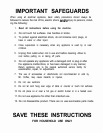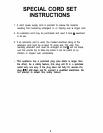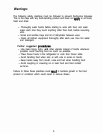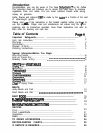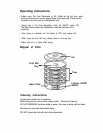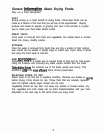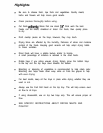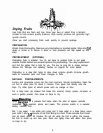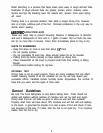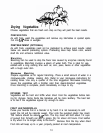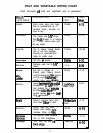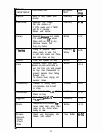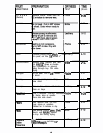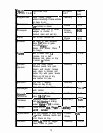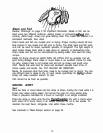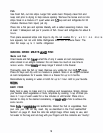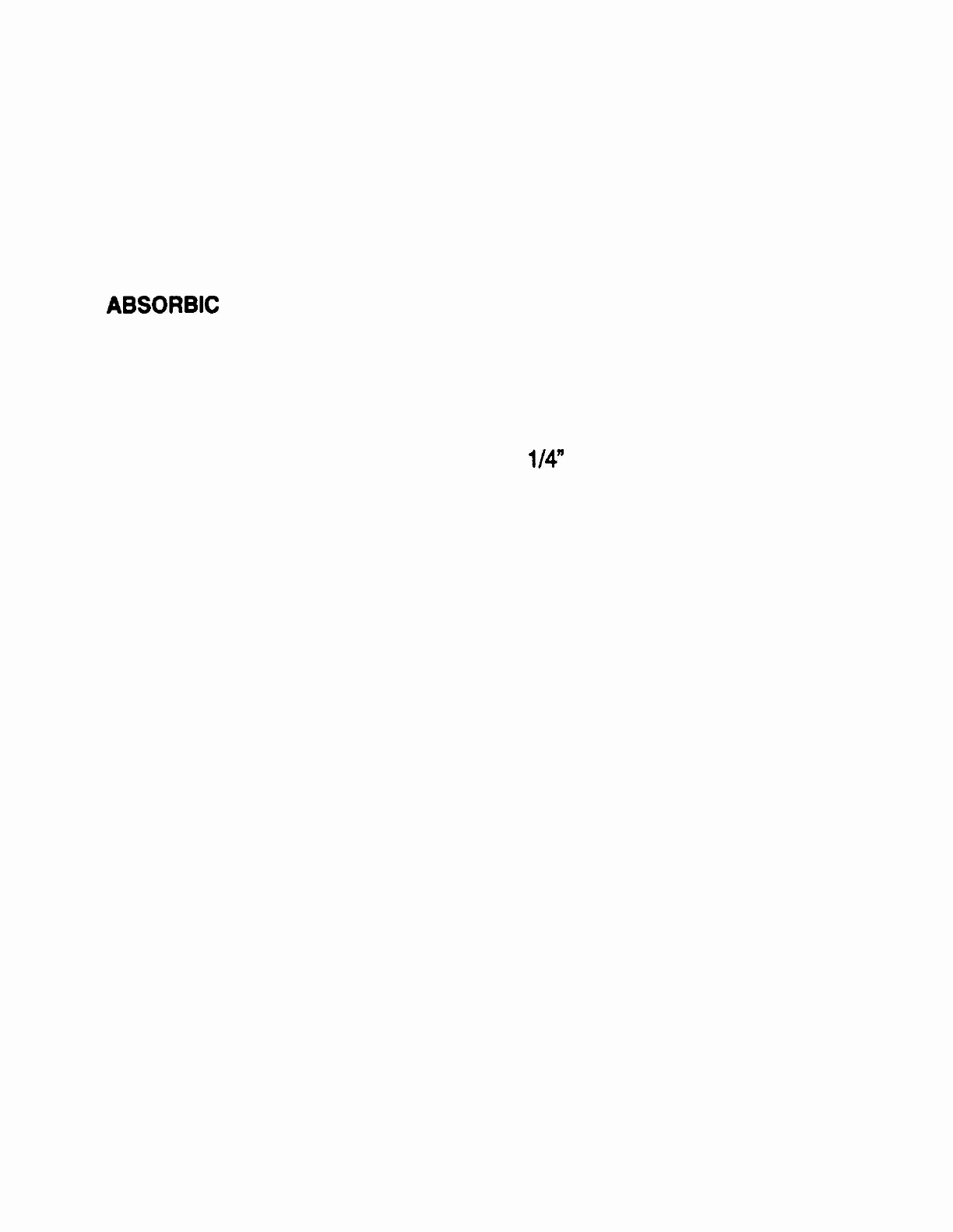
Water blanching is a process that helps break open waxy or tough skinned fruits.
Examples of tough skinned fruits are grapes, prunes, plums, cherries, some
berries and figs. By breaking open the outside skin, quicker, more even drying
will result.
Peeling fruits is a personal decision. Skin adds a longer drying time, however,
skin is a highly nutritious part of the fruit. Personal preference is the only way to
decide about peeling.
ACID-CITRIC ACID
These two acids help to prevent browning. Dissolve 2 tablespoons of absorbic
acid and 2 tablespoons of citric acid in 1 gallon of water.
Dip cut fruits into solu-
tion for no more than 2 minutes. Drain, them immediately place on tray to dry.
HINTS TO REMEMBER
!
Keep fruit slices no more or less than about thick.
!
Do not overlap produce.
!
Do not completely fill each tray. Allow enough space for air to circulate.
!
Patting fruits dry before placing on trays speeds up drying time.
!
Place cheesecloth on the trays to prevent small fruits from sticking or falling
through.
!
Cool produce before testing for dryness.
DRYNESS TEST
Drying fruits is not an exact science. There are many variables that can affect
results. Keeping records of all the variables as you dry will help repeat your
successful efforts. Variables include humidity levels, temperature, the number of
trays that you used, and the types of fruits used.
General Guidelines
Be sure The Food Dehydrator is cool before testing fruits.
Fruits should be
pliable and leathery without patches of moisture and not be hard and tough.
Overly dried fruits do not taste as good or store as well and lose nutrients.
Properly dried fruits will have about 15% moisture and will feel soft and leathery
to the touch. A good test for dryness is to tear a piece of fruit and check if mois-
ture develops at the tear. If it does, then the fruit is not quite dry.
If no moisture
beads, then the fruit is dry.
9



